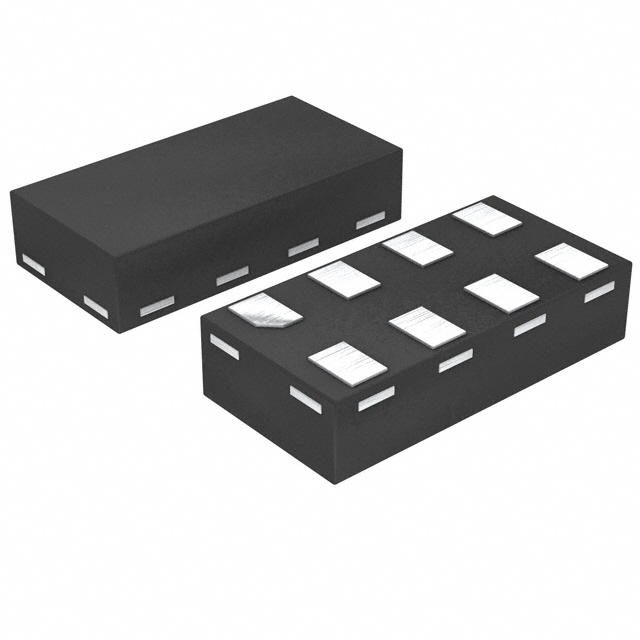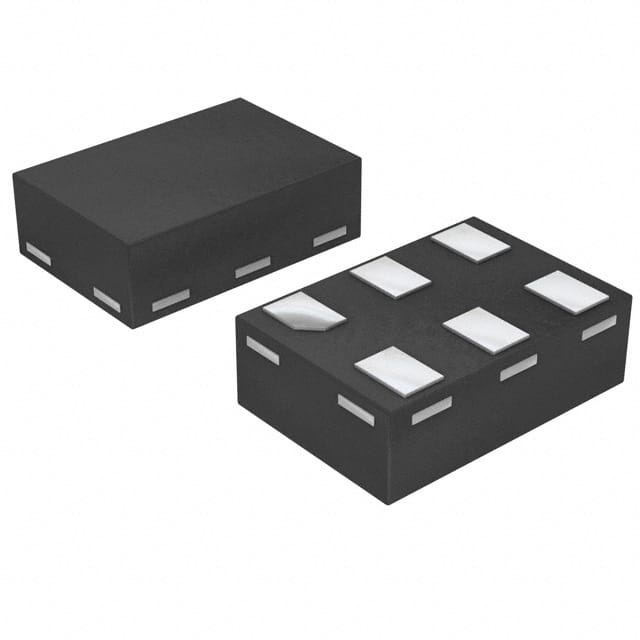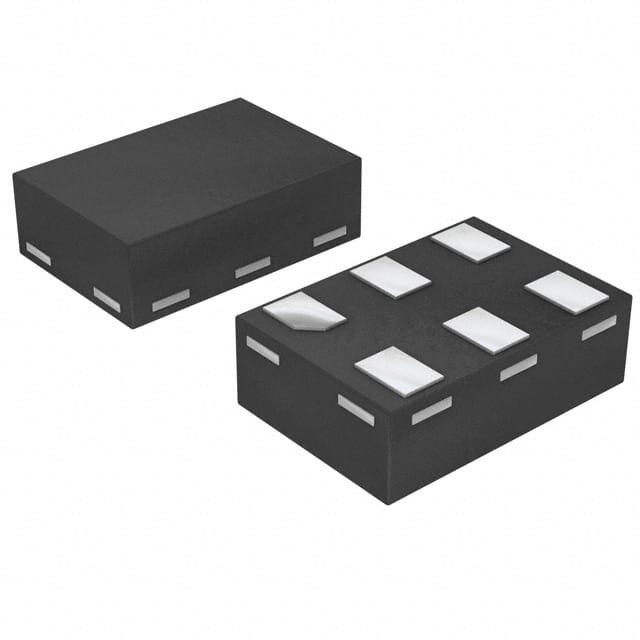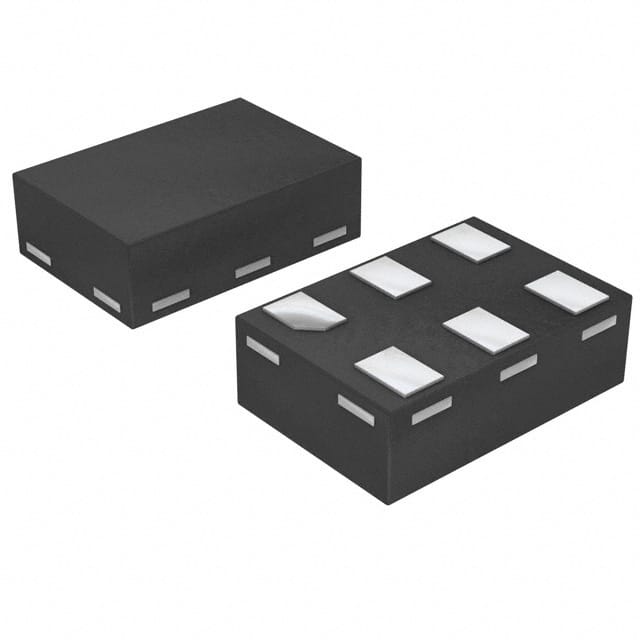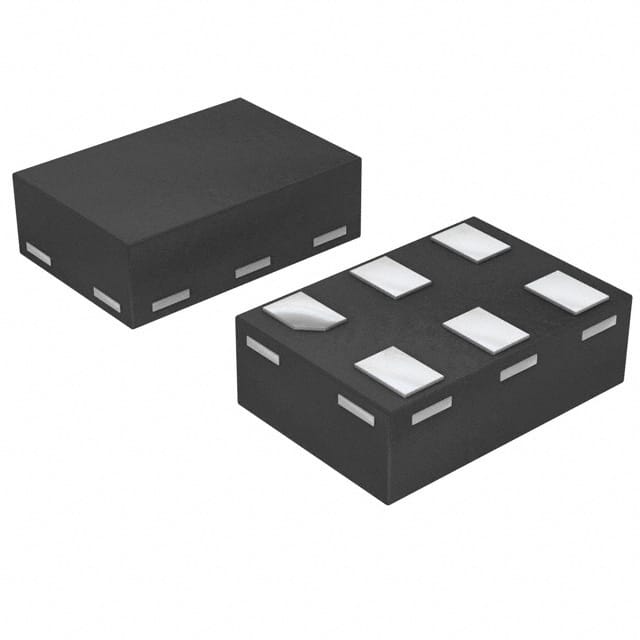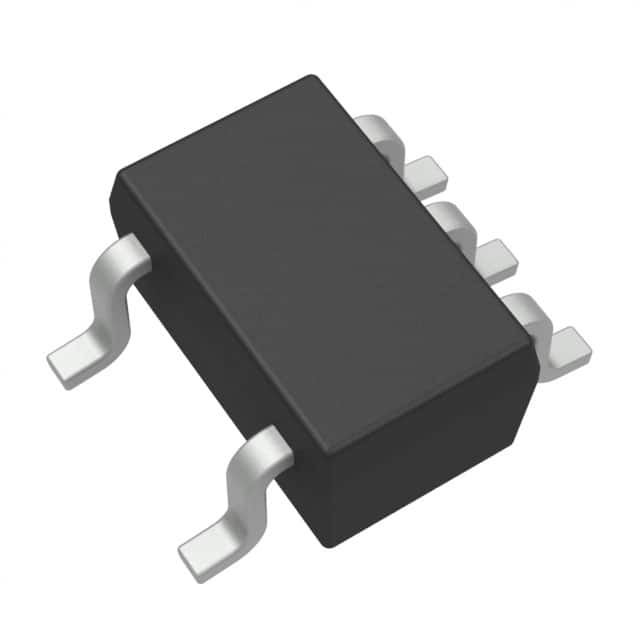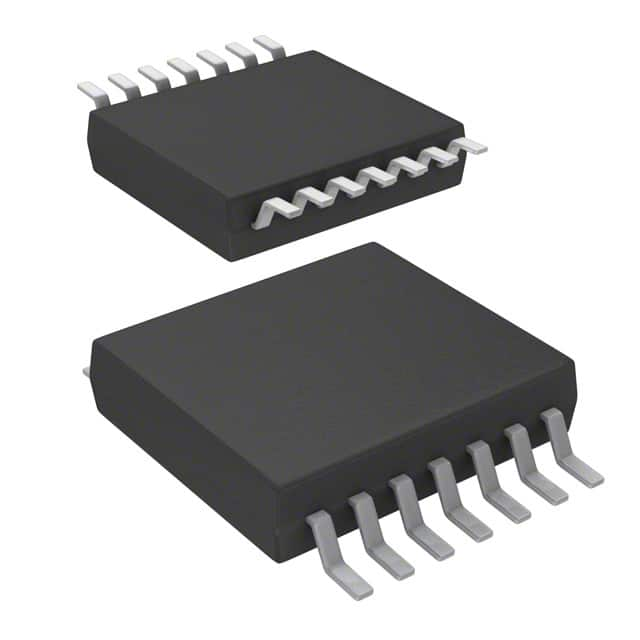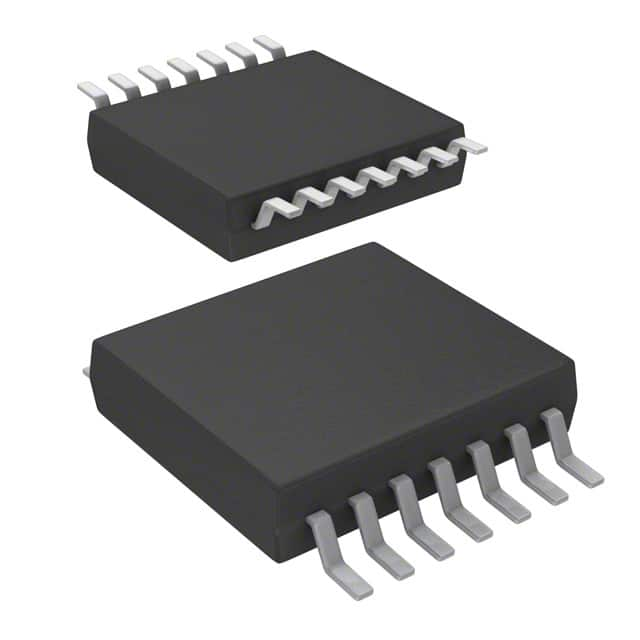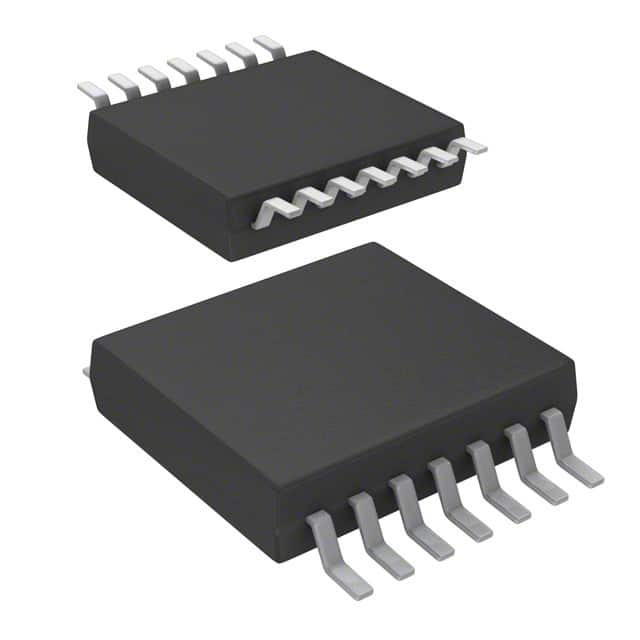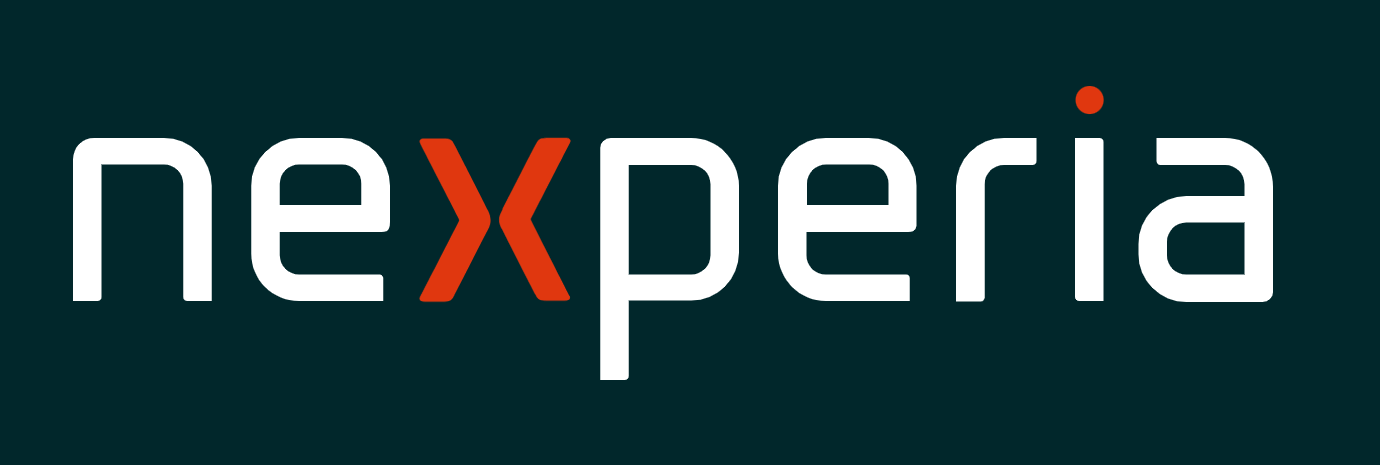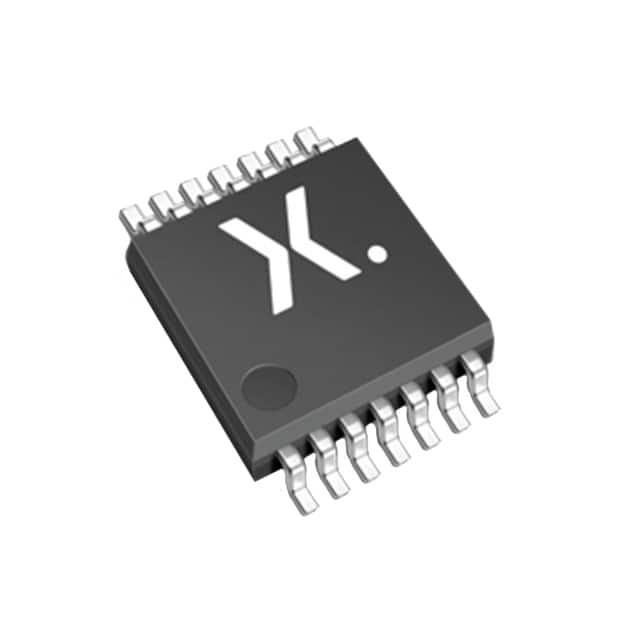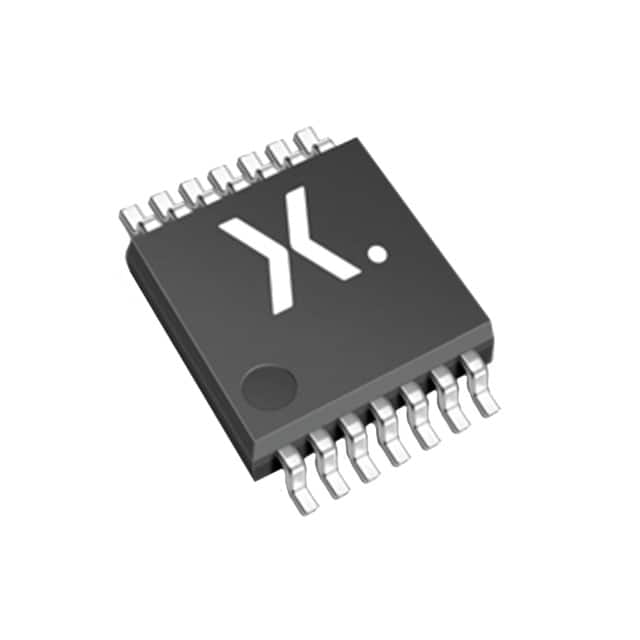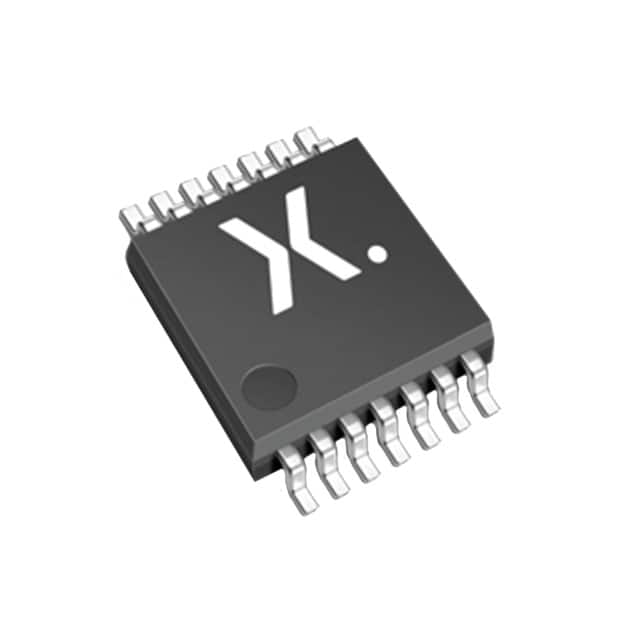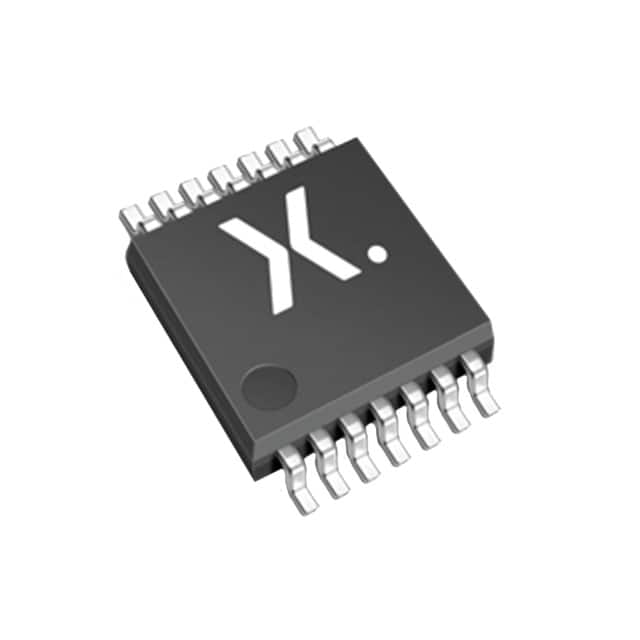74LVC2G08GS-Q100X Product Introduction:
Nexperia USA Inc. Part Number 74LVC2G08GS-Q100X(Logic - Gates and Inverters), developed and manufactured by Nexperia USA Inc., distributed globally by Jinftry. We distribute various electronic components from world-renowned brands and provide one-stop services, making us a trusted global electronic component distributor.
74LVC2G08GS-Q100X is one of the part numbers distributed by Jinftry, and you can learn about its specifications/configurations, package/case, Datasheet, and other information here. Electronic components are affected by supply and demand, and prices fluctuate frequently. If you have a demand, please do not hesitate to send us an RFQ or email us immediately sales@jinftry.com Please inquire about the real-time unit price, Data Code, Lead time, payment terms, and any other information you would like to know. We will do our best to provide you with a quotation and reply as soon as possible.
Introducing the Nexperia USA Inc. 74LVC2G08GS-Q100X, a cutting-edge integrated circuit designed to revolutionize electronic systems. This advanced product combines high performance with exceptional reliability, making it the perfect choice for a wide range of applications.
The 74LVC2G08GS-Q100X boasts a host of impressive features that set it apart from its competitors. With a wide operating voltage range of 1.65V to 5.5V, this IC offers flexibility and compatibility with various power sources. Its low power consumption ensures energy efficiency, making it ideal for battery-powered devices. Additionally, the 74LVC2G08GS-Q100X offers high-speed operation, enabling rapid data processing and transmission.
This versatile IC finds application in numerous fields. In the automotive industry, it can be used in engine control units, infotainment systems, and advanced driver-assistance systems. In consumer electronics, it can be integrated into smartphones, tablets, and gaming consoles, enhancing their performance and functionality. The 74LVC2G08GS-Q100X is also well-suited for industrial automation, medical devices, and telecommunications equipment.
Nexperia USA Inc. takes pride in its commitment to quality and innovation. The 74LVC2G08GS-Q100X is manufactured using state-of-the-art technology and undergoes rigorous testing to ensure its reliability and durability. With Nexperia's reputation for excellence, customers can trust that the 74LVC2G08GS-Q100X will deliver exceptional performance in any application.
In conclusion, the Nexperia USA Inc. 74LVC2G08GS-Q100X is a game-changing integrated circuit that offers high performance, reliability, and versatility. With its impressive features and wide range of applications, this IC is set to redefine electronic systems across various industries.
Gates are an important part of the transistor in the integrated circuit, especially in the field effect transistor (FET) plays a role in controlling the current interruption. By interacting with the insulation layer between the channel, it uses the electric field effect to regulate the carrier concentration in the channel, and then controls the current flow between the source and the drain electrode. The inverter is a logic electronic device that is mainly used to reverse the logic state of the input signal, that is, from a high level to a low level, or from a low level to a high level. In digital logic circuits, the inverter is often implemented as a NOT gate, which is carefully designed by multiple transistors (such as PMOS and NMOS pairs in CMOS technology), and realizes the logical reversal of the signal by controlling the switching state of the transistor. Together, they form the basis of logic circuits and demonstrate the high flexibility of integrated circuits in signal processing and control.
Application
Gates, as key components of transistors, are widely used in various integrated circuits, especially in core components such as microprocessors, memory, sensors, etc. They are the foundation for implementing complex logic functions and high-performance computing. Inverters play an important role in digital circuit design, communication systems, power management, and other fields. Through their logic inversion function, they support signal shaping, amplification, isolation, and timing control requirements. In various fields such as consumer electronics, automotive electronics, industrial automation, and data centers, gates and inverters are indispensable electronic components that help devices achieve efficient and accurate signal processing and control, promoting technological progress and industrial upgrading.
FAQ about Logic - Gates and Inverters
-
1. Which logic gate can be used as a controlled inverter?
IGBT can be used as a controlled inverter. IGBT (insulated gate bipolar transistor) is a commonly used power electronic device with high input impedance and low on-state voltage drop, which is very suitable for the production of inverters.
The application of IGBT in inverters is mainly reflected in its ability to control the switching state of power electronic equipment. By controlling the on and off of IGBT, the conversion and control of electric energy can be achieved. The switching speed of IGBT is fast, which can meet the requirements of the inverter for response speed. At the same time, its high voltage and high current resistance characteristics make it perform well in high voltage and high current occasions.
-
2. Which logic gate is used as an inverter?
NAND gate can be used as an inverter. In digital logic, NAND gate can realize the logic negation function, which is equivalent to an inverter or NOT gate.
The working principle of the NAND gate is to perform an AND operation on two input signals and then take the negation. When both input signals are 0, the output is 1; otherwise, the output is 0. This characteristic enables the NAND gate to achieve signal inversion, that is, when the input is high, the output is low, and when the input is low, the output is high.
In addition to the NAND gate, the inverter can also be implemented through other logic gates, such as the NOR gate, which can also be used as an inverter. The NOR gate performs an OR operation on an input signal and a signal that is always 1 and then takes the negation, which can also achieve the signal inversion function.
-
3. Can NAND gates be used as inverters?
NAND gates can be used as inverters. NAND gates, especially Schmitt-triggered NAND gates, are often used in full-bridge inverter circuits to ensure that the switch between the two channels is clear and not affected by any type of stray transients or low-signal interference.
In the inverter, the role of the NAND gate is to drive the MOSFET or IGBT through logic control to achieve DC to AC conversion. For example, in the Arduino-based full-bridge sine wave inverter design, the Arduino is programmed to generate SPWM outputs in the appropriate format from the pins, process these signals through the NAND gate, and finally drive the relevant MOSFETs of the full-bridge driver network to achieve the inverter function.
The advantages of using NAND gates include fast switching response and high reliability. In addition, Schmitt-triggered NAND gates can enhance anti-interference capabilities and ensure stable operation of the inverter. However, there are also challenges to consider when designing inverters, such as switching losses and thermal management.
 Lead free / RoHS Compliant
Lead free / RoHS Compliant



